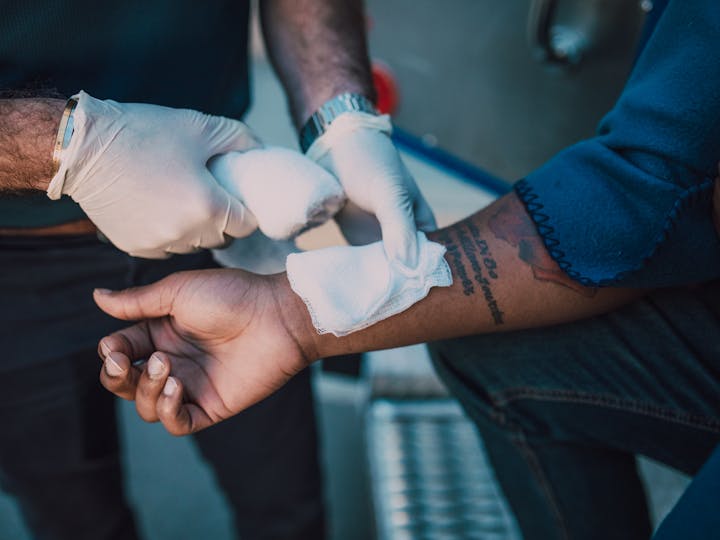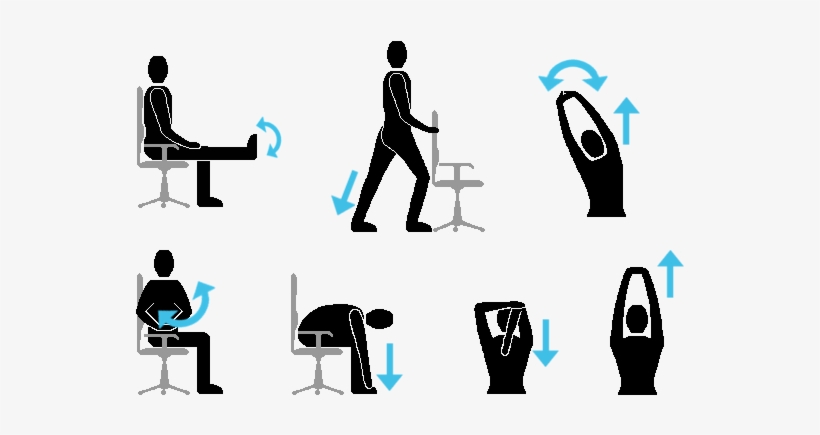A small cut on the hand or a scrape on the knee may not seem like a big deal. Yet even minor injuries can turn into frustrating setbacks if they aren’t cared for properly. The body is designed to repair itself, but careless habits can interrupt that natural process and create bigger health concerns.
Simple errors such as poor cleaning, misreading symptoms, or using the wrong products often slow healing and increase risks. In some cases, these mistakes even lead to infections that require medical attention.
The good news is that most of these problems can be avoided with the right approach. This article looks at five common mistakes that interfere with recovery and explains how to prevent them for faster, safer healing.
1. Ignoring Proper Cleaning
The first step after an injury is cleaning. Many people either rush through it or skip it, which causes dirt and germs to stay inside. This can slow down the healing process and lead to complications. A careful start is the best way to support recovery.
- Use gentle rinsing: Wash the area with clean, running water instead of harsh scrubbing.
- Remove debris carefully: Check for dirt, glass, or small particles that may stay in the wound.
- Choose mild soap: Harmful chemicals can damage healthy tissue and slow repair.
- Dry with care: Pat lightly with a clean cloth instead of rubbing hard.
Simple steps like these create a clean base and allow the body to focus on repair.
2. Misunderstanding Warning Signs
When an injury begins to heal, redness or swelling is often normal. This heading refers to the confusion many people face when deciding whether a change is part of normal healing or a sign of trouble. These changes are linked to inflammation, the body’s natural response to harm. However, if there is unusual warmth, pain, or pus, it may indicate an infection. Many people confuse these two reactions, and that mistake can delay the right treatment.
Guidance from professionals like Altitude Dermatology shows how understanding infection vs inflammation gives families clarity and helps prevent complications. Recognizing these differences early not only reduces worry but also helps families take the proper steps for recovery. A few simple points can help:
- Inflammation aids in repair: It indicates that the immune system is working to restore tissue.
- Infection signals bacteria: It requires proper medical attention and care.
- Timely response is vital: Acting early prevents small wounds from becoming major issues.
3. Using the Wrong Products
Another mistake is applying unsuitable products that irritate instead of helping. Old remedies and harsh solutions can harm healing tissues. Choosing the proper care is just as important as cleaning.
- Avoid harsh chemicals: Hydrogen peroxide or iodine may damage healthy skin.
- Don’t overuse antiseptics: Too much application slows the natural recovery cycle.
- Choose safer options: Mild cleansers and protective ointments are better choices.
- Focus on balance: Keep wounds moist but not overly wet to prevent harm.
The right products support the body, rather than creating new challenges.
4. Removing Bandages Too Soon
A common belief is that leaving a wound open helps it “breathe.” In reality, this can slow recovery and expose the area to bacteria. Studies show that a slightly moist environment helps new cells form and tissues rebuild faster.
Keeping a bandage on also reduces the chance of reopening the wound during daily activity. While it is essential to change coverings regularly to stay clean, removing them too frequently can disrupt the healing process.
Instead, use breathable bandages designed to protect the skin while allowing airflow. This approach keeps the balance between protection and repair. Giving the wound steady conditions enables the body to do its work without unnecessary setbacks.
5. Ignoring Professional Care
One of the biggest risks comes from waiting too long to seek medical help. Some wounds may look simple but hide deeper damage. Ignoring warning signs or relying solely on home remedies can make recovery more challenging.
- Check for severe pain: Discomfort that worsens over time is not normal.
- Watch for spreading redness: Expansion around the wound may mean trouble.
- Look for unusual fluid: Thick discharge or foul smell suggests infection.
- Don’t delay visits: Quick check-ups can prevent complications and speed healing.
Professional advice ensures the right treatment at the right time, avoiding long-term problems.
Conclusion
Wound healing may seem straightforward, but small mistakes can cause delays and risks. Proper cleaning, recognizing warning signs, selecting the right products, maintaining protection, and seeking medical advice when necessary all make a significant difference. These simple steps reduce stress, save time, and protect health. Paying attention to care from the very beginning helps wounds heal faster and lowers the chance of serious issues. Smart choices lead to safer recovery and give the body the support it needs to repair itself naturally.





